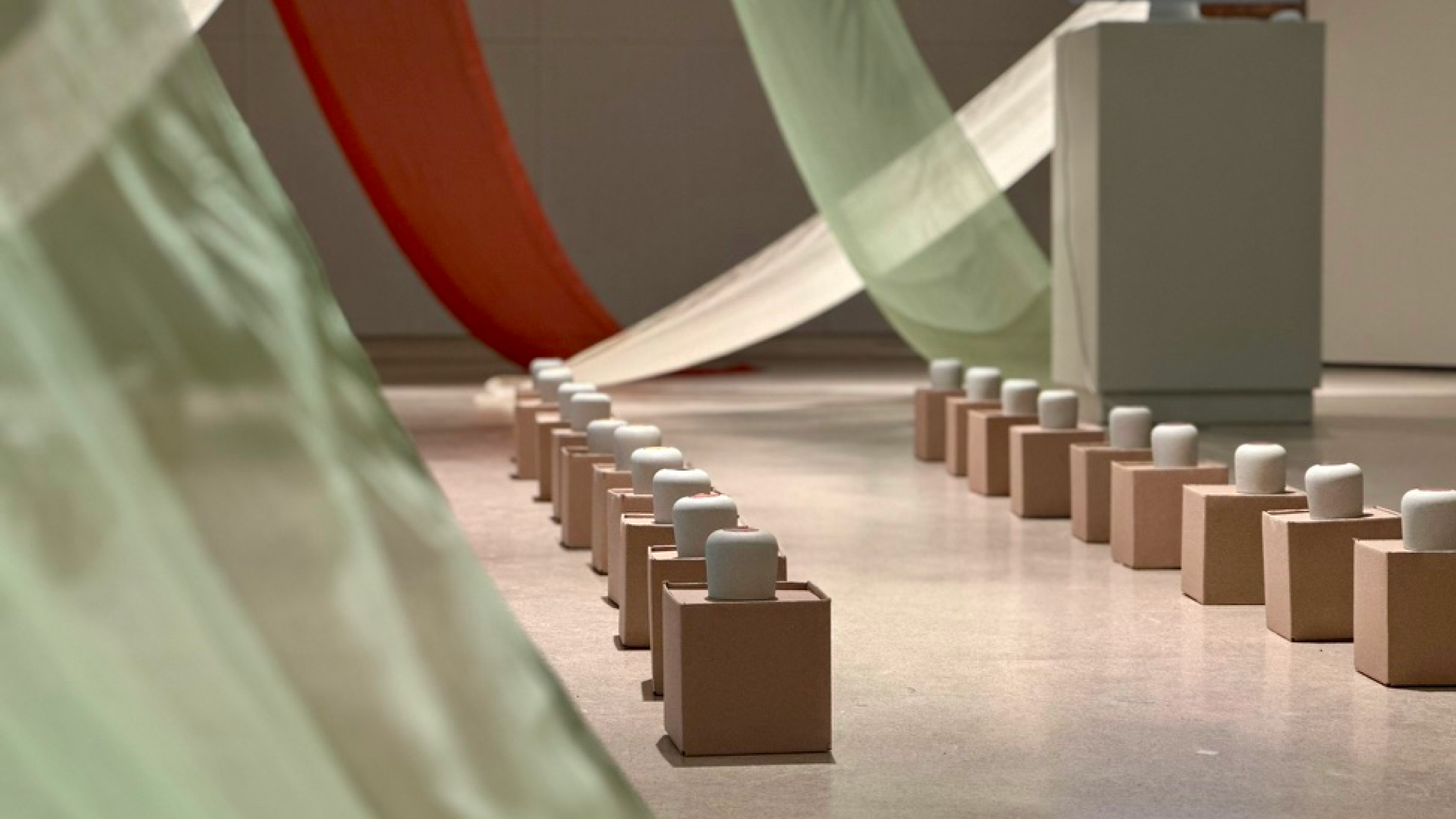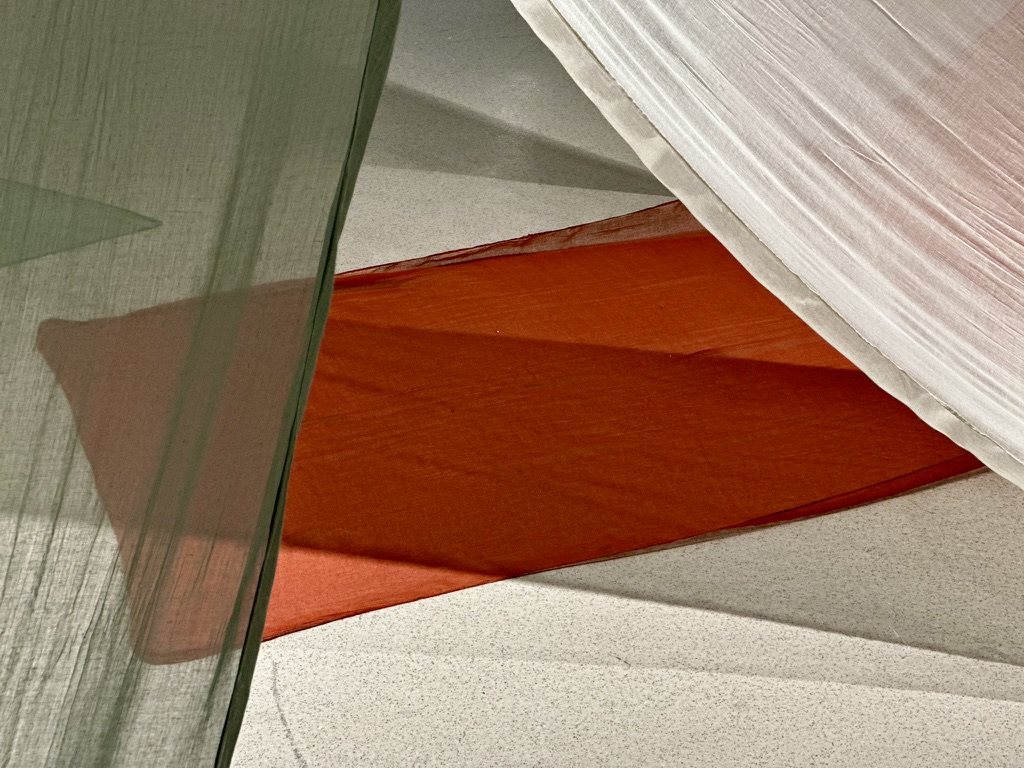Exhibition Experience / Video Design / Poster / Interactive Cards
Exhibition News Page[︎︎︎]
What reminds of you when you think abou tea? It was the first questions we asked us and the people around us. The World Wide Tea is an art exhibition designed as a conceptual response to find human connection to the tea as a personal, cultural and international commodity. In the exhibition, the work focus on interactivity, digital narrative and space design using physical objects to encompass a wide array of multimedia elements to create a shared experience among the audience.
![]()
![]()
Interactive Exhibition Design
The James And Anne Duderstadt Center, 2024Exhibition News Page[︎︎︎]
What reminds of you when you think abou tea? It was the first questions we asked us and the people around us. The World Wide Tea is an art exhibition designed as a conceptual response to find human connection to the tea as a personal, cultural and international commodity. In the exhibition, the work focus on interactivity, digital narrative and space design using physical objects to encompass a wide array of multimedia elements to create a shared experience among the audience.









Design Research
Taking inspiration from the stories and experiences of people in the communication process and translating them into videos and visual expression. We learned to dissect the qualities and characteristics of the things we like and then use them as design elements.
Concept Developement
![]()
As we starting to imagine the message of the work itself and the possibilities of the field with design and materials. Our process moved between conceptualizing the theme around the core message about tea, to prototyping off the 3D space with, the spiral, the separated semicircle layouts. Throught out the process we continuously iterate based off our design and how people might move within these structures? Our themes and shared stories have always been strongly attracted to the concept of "unity", so much of the thinking and exploring has been centered around this concept.

We did many rounds of surveys of the site in deciding on the layout, and all of the octagonal spaces had a lot of potential but also a lot of challenges. One of the walls is fully glass to provide a more spacious viewing of the exhibition and also to be a great influence on the light source during the day when the daylight is very strong.

Exhibition Experience


1. Interactive Cards
Tea cards was created to be the one of the interactive portion of the exhibition. It captures the essence of teas from around the globe, including tea types, black, green, oolong, white, and pu-erh, alongside tea accessories and cultural practices. On the front it shows the photo image, and the back offer text snippets of each item’s story, preparation, and significance in various cultures, from the tea ceremonies of Japan to the gardens of Darjeeling. These cards serve as educational tools, bridging diverse tea cultures and brewing traditions, making the vast world of tea accessible and engaging.


2. Video Storytelling
![]()
![]()
The process of producing the stories and visual content about tea both involve drawing aesthetic features that draw the eyes to our surroundings is essential for any type of creator. Looking for clues in unusual environments and mapping out what our brain captures is a valuable resource of inspiration and a guiding principle for any kind of design; if a set of aesthetic rules about shape, color and spatial composition are at work in the environments we observe, there should be a way to apply them to the designs we are working on.


The process of producing the stories and visual content about tea both involve drawing aesthetic features that draw the eyes to our surroundings is essential for any type of creator. Looking for clues in unusual environments and mapping out what our brain captures is a valuable resource of inspiration and a guiding principle for any kind of design; if a set of aesthetic rules about shape, color and spatial composition are at work in the environments we observe, there should be a way to apply them to the designs we are working on.
3. Interactive Space
![]()

Poster Visual Developement



Credits
Scope
Design ResearchInstallation Setup
Graphic Design
Video Production
Team
Vadim Besprozvany
Josh Horowitz
Dev Lamba
Lynette Li
Anna Zhou
Time
2 Semesters
2 Semesters
